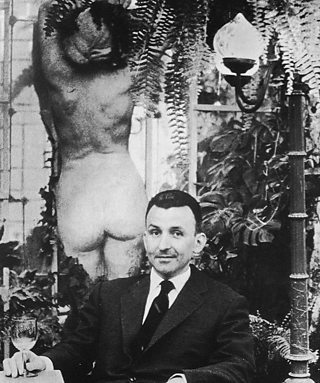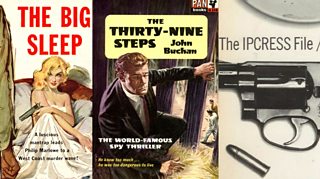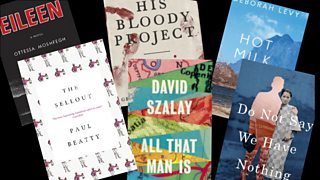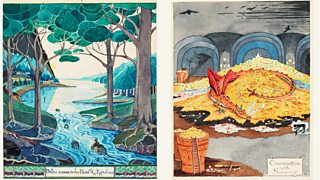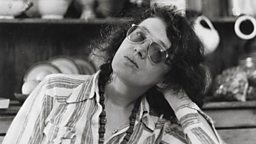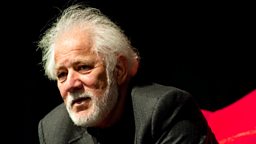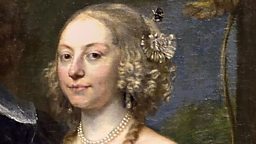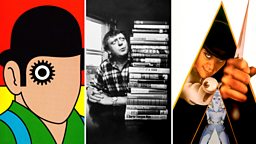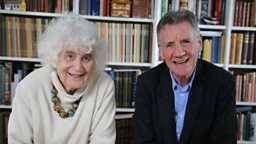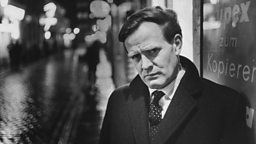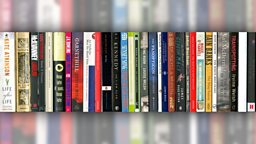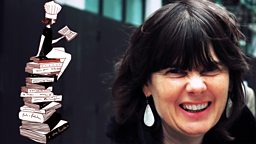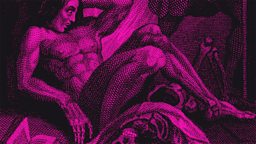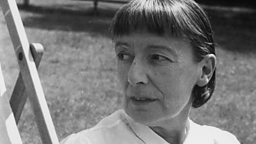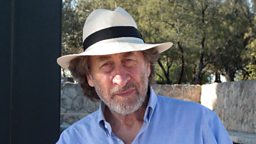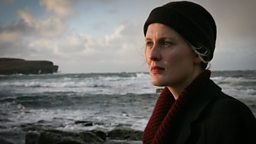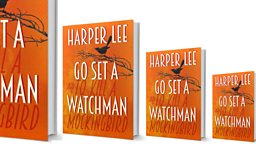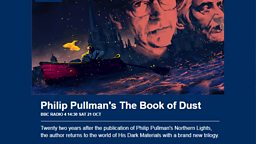Dirty books and literary freedom: The Lady Chatterley publisher who beat the censors
27 October 2016
A loophole in France's obscenity laws allowed Jack Kahane to publish DH Lawrence's Lady Chatterley's Lover as well as 'obscene' books by Henry Miller and Anais Nin. As NEIL PEARSON discovers, these literary adventures were funded by profits from low-grade erotica.
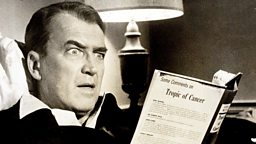
In 1960, the judge in the Lady Chatterley trial famously declared that Lawrence's book, Lady Chatterley's Lover, was not obscene; that Penguin could publish the novel without fear of prosecution; and that bookshops could sell a copy to anyone who wanted one -- even wives and servants.
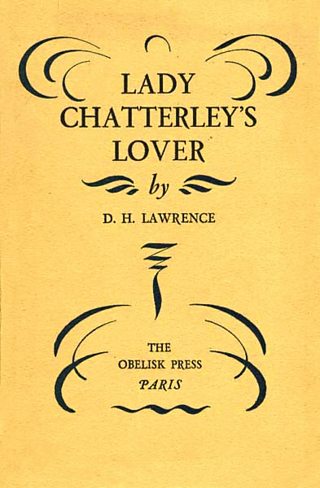
The fight against literary censorship didn't end with the Lady Chatterley trial. It didn't begin there either
The ruling meant British publishers were now free to treat British readers like adults. But although the case was groundbreaking, its enduring fame has accorded it an inflated importance. By no means every battle was won, post-Chatterley.
It would be dfficult to convince Salman Rushdie that all authors can now publish freely and without fear. J.K.Rowling, whose Harry Potter books have been excluded from school libraries for encouraging witchcraft, might take some persuading that the fight for intellectual freedom was won more than fifty years ago.
And the belief that we can now read what we like would be given short shrift by those still mourning their loved ones in the wake of the Charlie Hebdo murders.
The fight against literary censorship didn't end with the Lady Chatterley trial. It didn't begin there either. Lady Chatterley's Lover was first published in 1928, in Florence, and Lawrence spent the rest of his life trying to secure copyright for the book in the rest of Europe, to protect it from piracy.
He found the bravest publishers in France. And one of the bravest of them was a gangly Mancunian war hero called Jack Kahane.
A Very British Pornographer: Saucy Authors
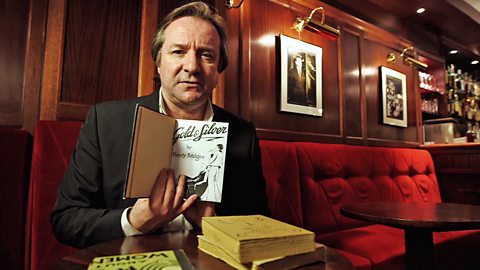
How saucy is saucy?
Neil Pearson reads from Gold & Silver by Henry Bridges aka Jack Kahane
Kahane was born in 1887, the son of a successful textile merchant. As a young Edwardian man-about-town, Kahane was an enthusiastic champion of the arts, and friendly with the Manchester School of playwrights, among them Harold Brighouse (Hobson's Choice) and Stanley Houghton (Hindle Wakes).
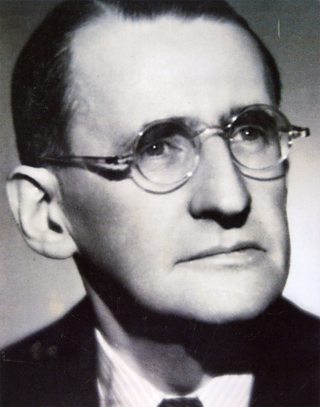
As the implications of the publish-in-English-in-France loophole sank in, English-language presses proliferated -- among them, Jack Kahane's Obelisk Press
With the onset of war in 1914 the francophile Kahane rushed to enlist. He was shelled and gassed, and spent many years after the war convalescing. He'd married a Frenchwoman, and spent the 1920s as a struggling novelist, writing being one of the few occupations his health would permit him to undertake.
In 1929, with financial help from his father-in-law, he bought a half share in a small English-language publishing house in Paris. It was the making of him. It was also the start of the fight against literary censorship, a fight that would see victory at the Lady Chatterley trial more than thirty years later.
In the struggle for literary freedom, two prevailing factors made French soil particularly fertile: the traditional French regard for the intellectual, and a loophole in the country's obscenity laws.
The nineteenth century had seen prosecutions against Baudelaire, for Les Fleurs Du Mal, and Flaubert, for Madame Bovary, both for offending public morals. Baudelaire was found guilty, Flaubert was acquitted, but both cases offended against the innate French respect for the life of the mind. In the wake of the trials France found itself increasingly disinclined to punish writers for writing, and prosecutions of literary figures were rare.
When the saintly Sylvia Beach published James Joyce's Ulysses in Paris in 1922, the French found another reason to leave well alone. How, they asked themselves, would it be possible to find a perfectly bilingual jury with the linguistic skill to decide whether a book published in France, in English, was obscene? The publication of Ulysses was deplored in Anglophone editorials everywhere; France, on the other hand, was quietly, rightly, proud.
Kahane, Henry Miller and Tropic of Cancer
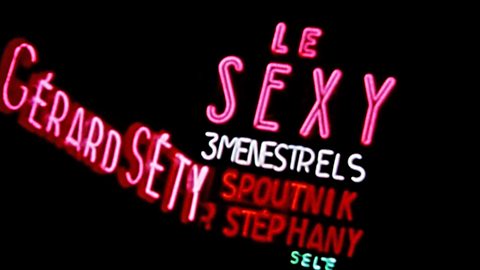
Henry Miller's Tropic of Cancer
Jack Kahane risked his entire business on Miller's 'unpublishable' first novel
As the implications of the publish-in-English-in-France loophole sank in, English-language presses proliferated - among them, Jack Kahane's Obelisk Press. His business model was simple, shrewd and, it turned out, revolutionary.
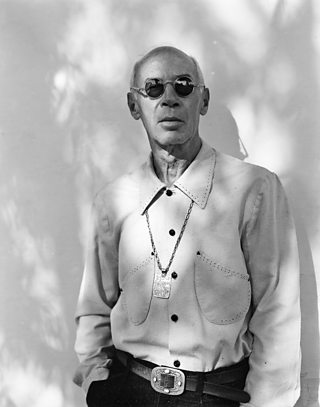
Using profits from the fast-selling smut, Kahane also published books of genuine literary merit
Step One: Buy the rights to books banned in Britain or the United States, and buy them very cheaply, from publishers eager to cut their losses.
Step Two: Use the scandalised press coverage of the books' suppression as free publicity for the Obelisk reincarnations.
Step Three: Produce cheaply, and sell to visiting Anglophones looking for a thrill.
Step Four: Reinvest, and repeat.
Catering to thrill-seekers got Kahane up and running, but it wasn't what he'd come into business to do. Using profits from the fast-selling smut, he also published books of genuine literary merit, books whose content made them unpublishable elsewhere. By the end of the 1930s, Kahane had racked up a list filled with literary heavy-hitters.
He published Richard Aldington's incendiary anti-war novel Death Of A Hero, and Charles Henri Ford and Parker Tyler's The Young And Evil, a book which can lay just claim to be the first in the genre we now know as Gay Lit. He published early work by Lawrence Durrell and Anais Nin and, crowningly, he published the first four books by Henry Miller, among them Tropic Of Cancer, which would not be published legally in the United States until 1963.
And Kahane published Lady Chatterley's Lover, in English, in France, in 1936 - 24 years before the Penguin edition first appeared in Britain. Jack Kahane's health was destroyed by World War One; he died the day World War Two began. Between these two conflagrations he fought with distinction against those who would deny us the freedom to read, and prepared much of the ground for the successes which would come later.
Kahane published both Tropic of Cancer and Lady Chatterley's Lover decades before they were available in their authors' home countries. Others have been given the credit for breaking down the doors of literary censorship. But, way back in the 1930s, Jack Kahane had unscrewed the hinges.
- is on ±«Óătv Four, Monday 31 October at 23:00 and on ±«Óătv iPlayer.
A Very British Pornographer
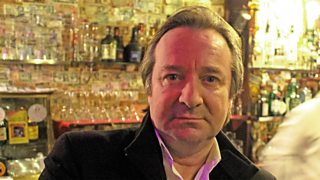
Actor, rare book dealer and keen poker player Neil Pearson has previously written a history of the Obelisk Press. In a new documentary for ±«Óătv Four, , Neil travels to Paris to follow the trail of one of the most important - and least likely - figures in 20th century literature.
Paris, 1926
In this clip from the documentary, Neil Pearson explains the attraction of Paris, the epicentre of Modernism, for Jack Kahane.

This was the world of Gertrude Stein, Ernest Hemingway and James Joyce... like moths to a flame they were all drawn to the Boulevard du Montparnasse
- - ±«Óătv Four, Monday 31 October, 23:00
- - Radio 4, A Good Read
Jack Kahane
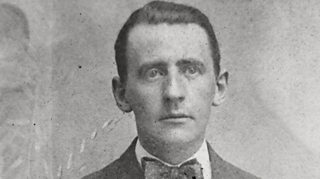
- 1887 Born in Salford
- 1900-3 Attended Manchester Grammar School
- 1914 Joined army, subsequently gassed and wounded at Ypres
- 1917 Married Marcelle Eugénie Girodias; they had four children together by 1926
- 1923 Laugh and Grow Rich, written by Kahane while recovering from tuberculosis, was published in Britain
- 1930 Kahane publishes a 5000 word fragment, , from James Joyce's Work in Progress - published as Finnegan's Wake in 1939
- 1931 Obelisk Press set up in Place Vendôme, Paris
- 1934 Henry Miller's Tropic of Cancer published by Obelisk
- 1936 Lady Chatterley's Lover published in English - 24 years before the Penguin edition first appeared in Britain
- 1938 Obelisk's Villa Seurat Series continues with Lawrence Durrell's novel The Black Book; not published in Britain until 1973
- 1939 Anais Nin's Winter of Artifice published
- 1939 As WWII breaks out on 2 September, Jack Kahane dies of a heart attack in Paris
Family ties: Maurice Gerodias
-
![]()
Read our feature on Jack Kahane's son, Maurice Girodias, who continued his father's business and published Nabokov, J.P. Donleavy and William Burroughs.
The 1934 first edition of Henry Miller's Tropic Of Cancer was illustrated by Maurice Kahane, Jack's eldest son, then aged 14. After his father's death in 1939, the 18-year-old took over the reins of Obelisk. He took his mother's maiden name, Girodias, during the war to help cover the fact that he was part-Jewish.
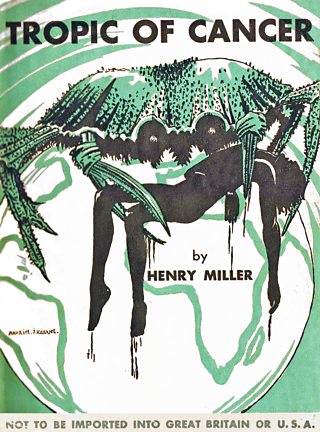
As Maurice Girodias, he went on to create Olympia Press in 1953. He emulated, and arguably surpassed, the success of Obelisk, publishing a series of novels including Vladimir Nabokov's Lolita, J.P. Donleavy's The Ginger Man and William Burroughs' The Naked Lunch before they became "respectable" classics. Olympia also published early erotic fiction by , Pauline Reage's Story of O and works by Henry Miller, Jean Genet and Georges Bataille.
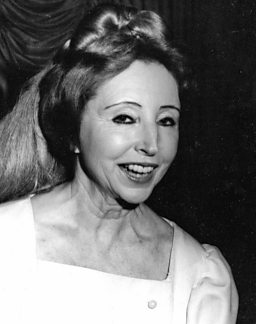
#LovetoRead exclusives
-
![]()
From the toilet to the woods, Gemma Cairney, Suggs, Chris Packham and other presenters share where they love to read.
-
![]()
How a working class mother achieved literary stardom.
-
![]()
Sleuths, spies, sorcerers and more of Andrew Marr's paperback heroes
-
![]()
The top ten chosen by public vote are revealed - watch films on the books including Sanjeev Kohli profiling Trainspotting.
-
![]()
Author Naomi Alderman takes on Doctor Who, superheroes and zombies.
-
![]()
Who will win this year? Meet the authors and slip between the pages of the shortlist.
More from Books
-
![]()
Seven must-read novels by female authors.
-
![]()
Tolkien's own illustrations of his fantasy universe.
-
![]()
The author picks his three favourite works of science fiction.
-
![]()
Judge these books, and their genres, by their covers.
